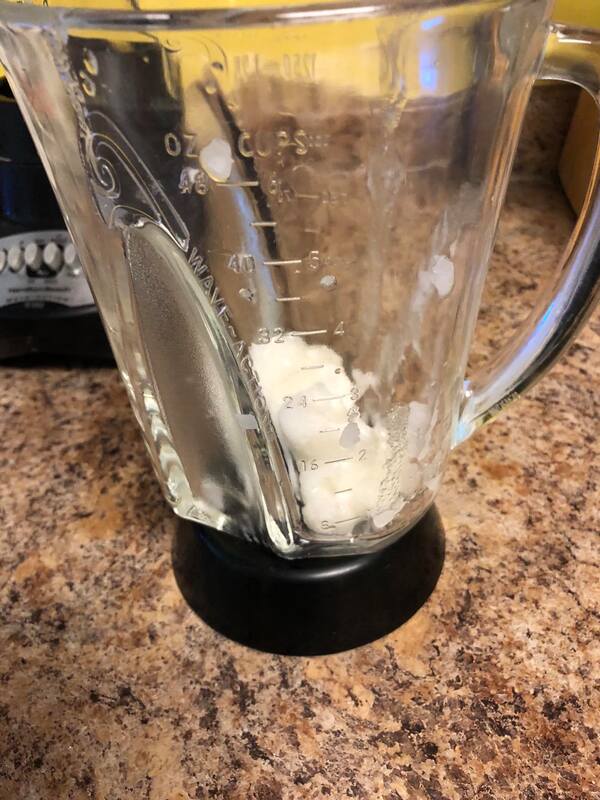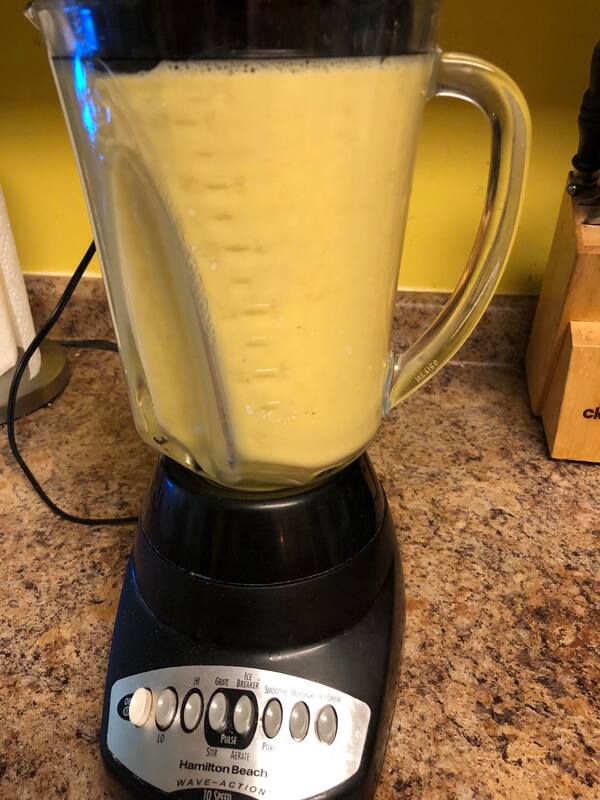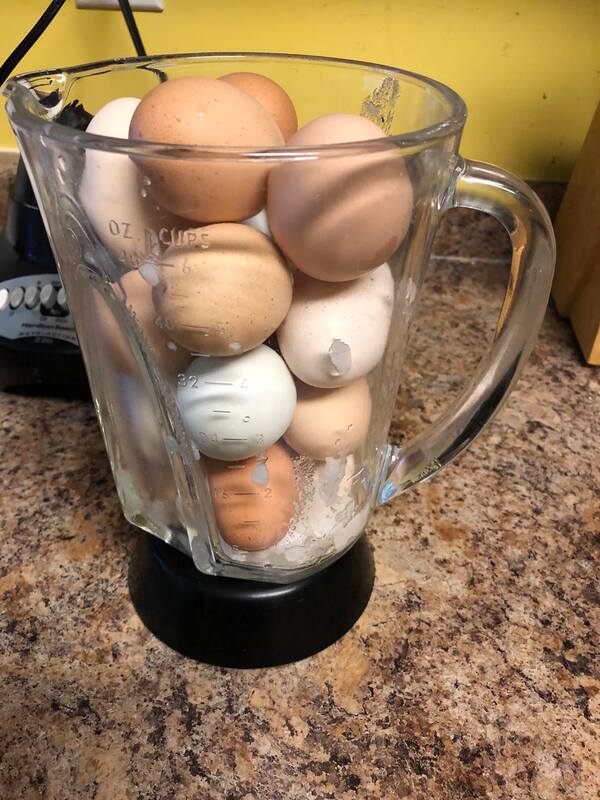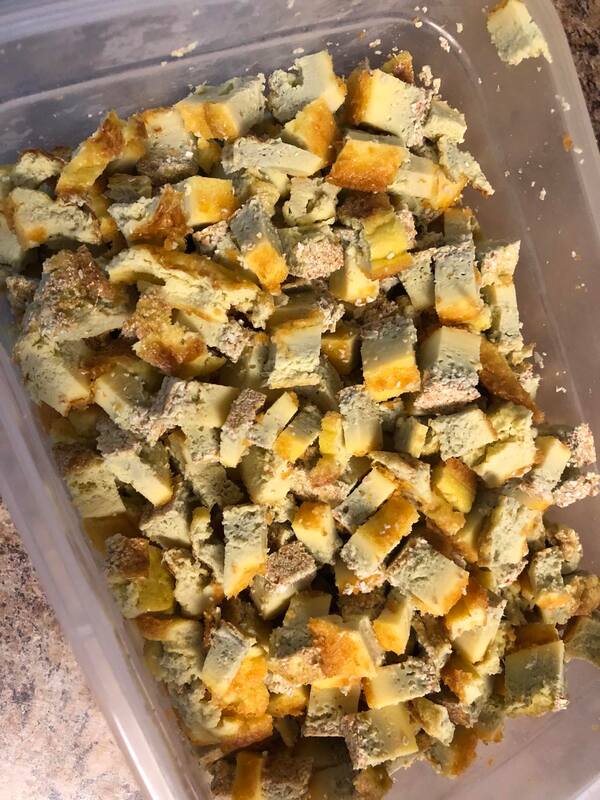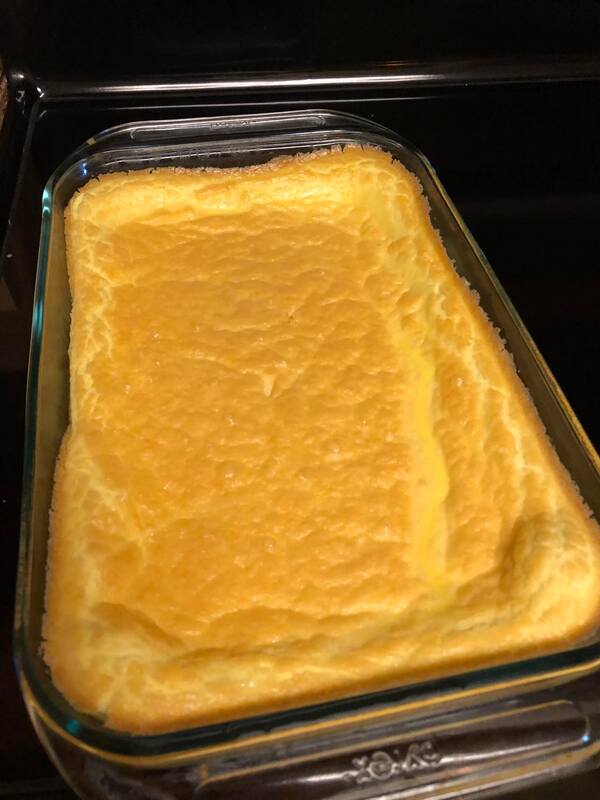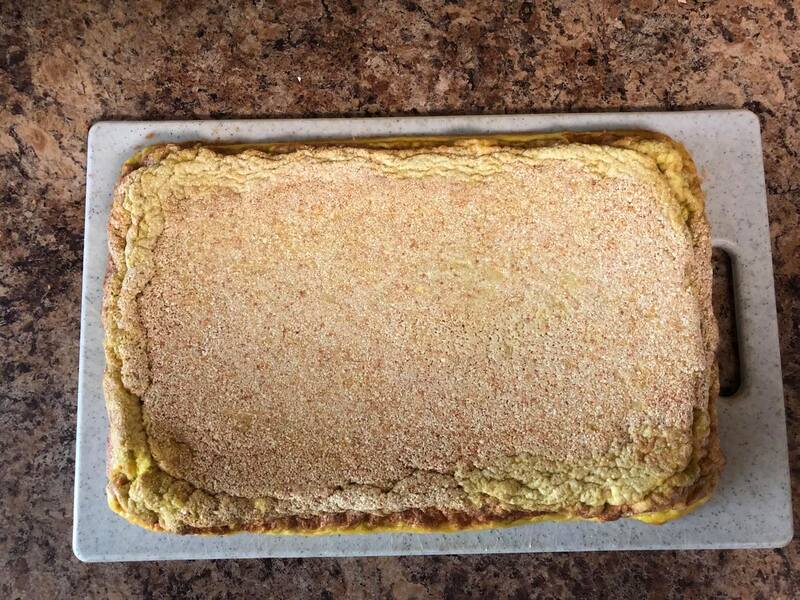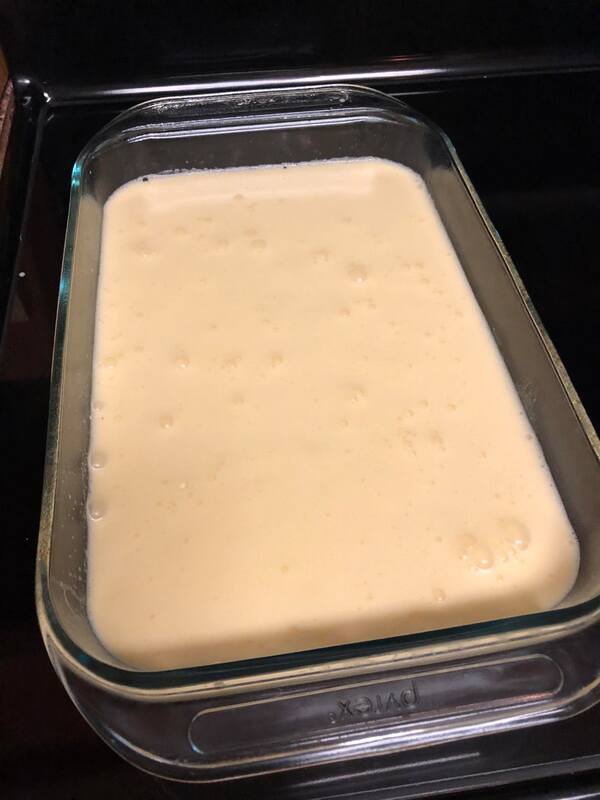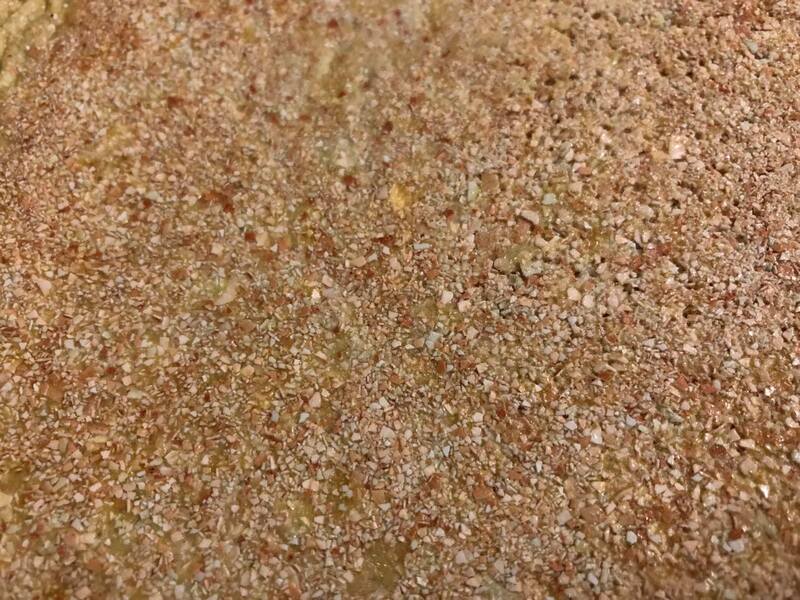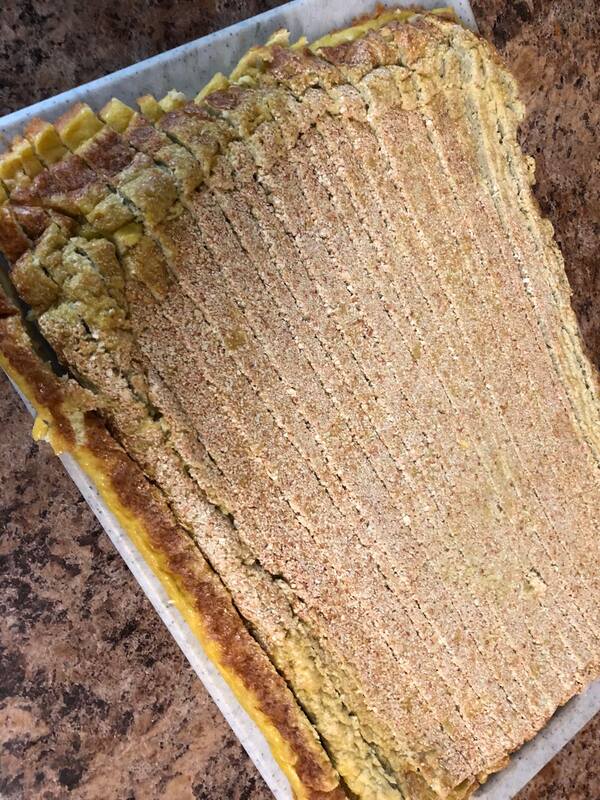Feeding & Nutrition
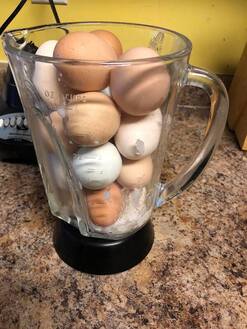
Aracari diet is incredibly important to ensure a happy, healthy bird. The basics are a diet comprised of 80% fruits and 20% low-iron softbill pellets. All softbills are prone to a condition called hemachromatosis, commonly known as iron-storage disease. The livers of these birds tend to store iron until it reaches toxic levels. There is no long-term, successful treatment for it and the end result is death. To help prevent this from happening a low iron diet is required. Fortunately, most fruits are naturally low in iron. The diet that we give our birds is more complex than many breeders. It may or may not be necessary. We do it for a couple reasons. First, we think that providing as large of a variety as we can helps hit the nutritional needs of each different bird at any given point much better. We don't believe they are all produced from cookie cutters and think they may need different nutrients at different times. The second reason I do it is to help provide psychological enrichment as well. We think that having a variety helps keep them engaged and more stimulated. Again, some breeders may say they just don't need it and perhaps they don't need it, but we feel they benefit from it. Here is what we do:
Daily diet year-round
The following fruits & vegetables are cubed into 1/2" pieces
Papaya
Cooked Sweet Potato
Cooked Yam
Mango
Kiwi
Cucumber
Honeydew Melon
Cantaloupe Melon
Banana
Blueberries
Thawed Mixed Vegetables- Corn, Peas, Green Beans
A few grapes are offered several times a week as well
Mazuri Low Iron Pellets are fed Free choice in a hopper style feeder.
At the beginning of the breeding season we start offering cooked eggs. The egg food is prepared by combining 12-14 eggs with 2-4 tablespoons of coconut oil in a blender- shells included.
The mixture is poured into a 9 x 13 glass baking dish that has been sprayed with a non-stick spray. If you don't like using those sprays, greasing the baking dish with coconut oil is another option. When pouring out the mixture, be sure to get as much of the ground up shell as possible. This can be slow to pour out at the very end.
Place the dish in an oven preheated to 350 degrees and bake for about 25 minutes, or until just firm. If cooked too long, the egg make expand out excessively and rise up out of the dish. Let it cool and it will shrink back down into normal size again. Once cooled it can be cut into 1/2' size pieces and kept refrigerated for about a week. Sometimes we will just hard boil some eggs and mash them up whole- including the shells- and give them it like that. It really depends upon how lazy I feel!
We also provide live insect food, mostly in the form of Superworms, to help support the birds nutritionally throughout the breeding season. Pairs may get up to 30-50 a day depending on their rate of consumption. I don't worry about them getting too many.
Once chicks are due to hatch, some of the birds will start getting crickets. Typically, we use 1/2" size and the Curl Crested Aracaris will get at least 500 per day when feeding 2 chicks. We think many breeders really underestimate the benefits of feeding live food to breeding pairs. We also provide organic "Spring Mix" greens to the birds during the summer. Our Ivory Bills have a Ficus tree in their flight and will feed the chicks the leaves if they have no other green food to give them. This can cause blockages and offering the greens seems to eliminate the desire to feed the fibrous leaves. Chicks we have pulled for handfeeding have passed large clumps of the fibrous leaves several days after we have been feeding them. While this is not always a problem, it is something best avoided.
It is best to use fresh fruits for the majority of the diet although frozen can be used to supplement the diet when necessary. We often use frozen blueberries during the winter months when the cost of fresh ones are prohibitive. Each bird will consume approximately 1 cup of fruit per day and pellets should always be made available in a separate feeder. When preparing the fresh portion of the diet, enough can be made up to last for up to four days and kept under refrigeration. This makes food preparation much less of a chore. Storing the fruit mix any longer than this results in too great of a degradation of the fruit. Freezing the mix also softens it excessively so refrigeration is best. There is no need to warm the fruit before feeding it to your pet. Serving it right out of the fridge is perfectly fine.
